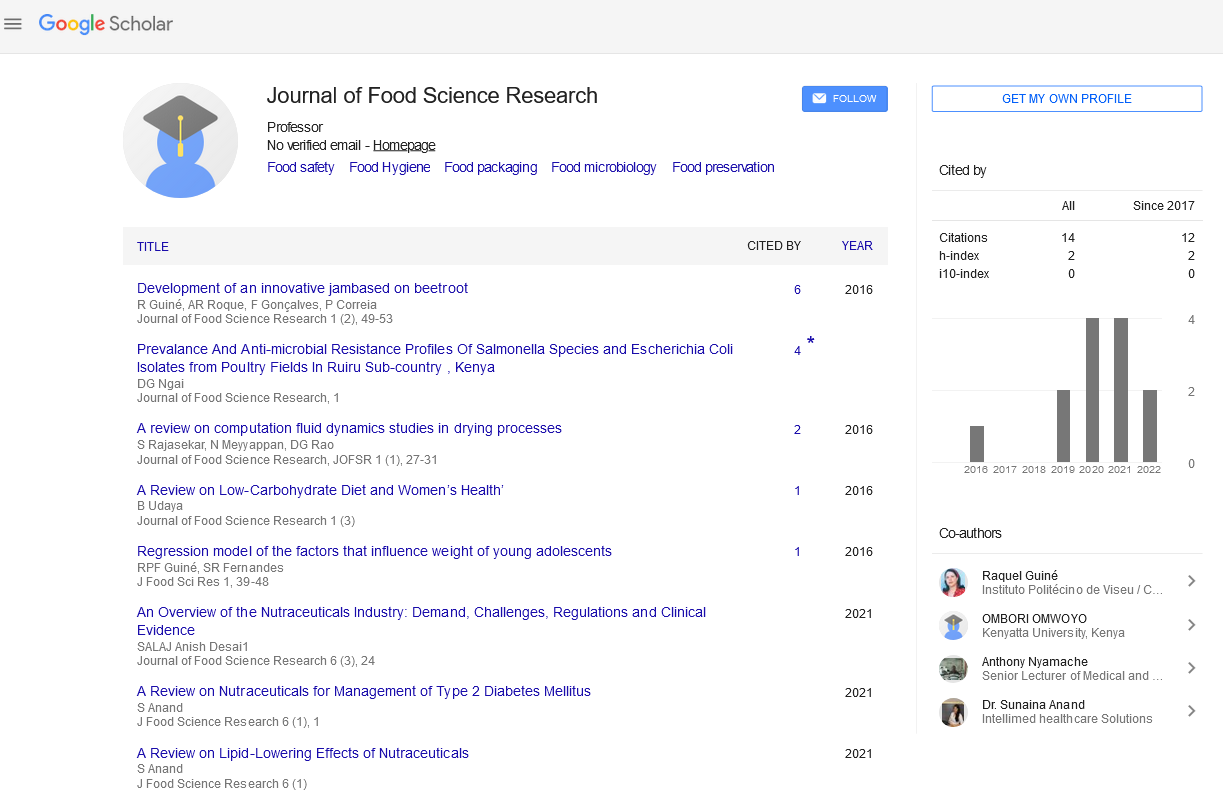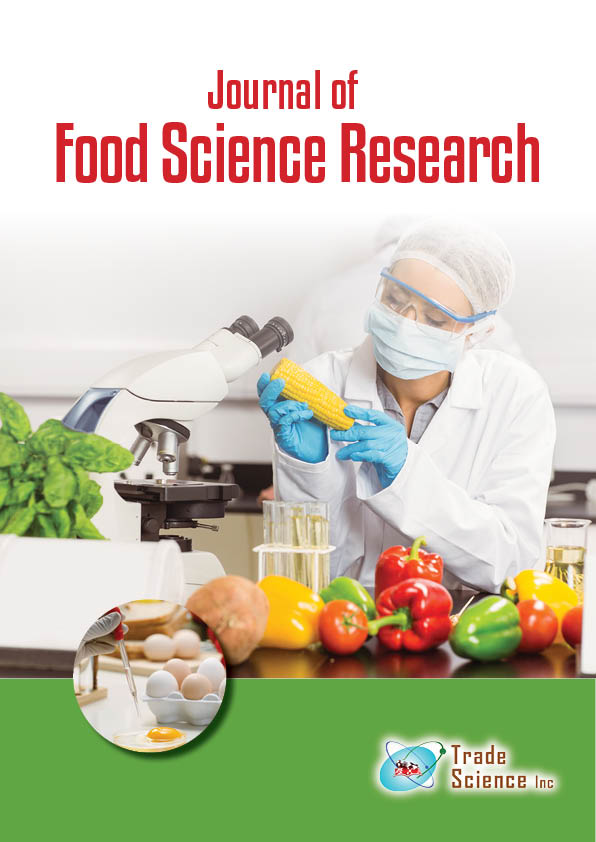Abstract
Analysis of Food Safety Issues
Author(s): Castillo ThomasFood safety is a scientific method field that describes how to handle, prepare, and store food in a way that avoids foodborne illness. A food-borne disease outbreak is defined as the emergence of two or more instances of a comparable illness caused by the eating of a common food. This contains a number of procedures that must be followed in order to avoid health risks. Food safety and food definitions frequently overlap in this way to protect customers. Within this line of thought, there are two tracks: safety between industry and market, and then safety between market and consumer. Food safety considerations include the origins of food, as well as practises relating to food labelling, food hygiene, food additives, and pesticide residues, as well as biotechnology and food policies and guidelines for the management of governmental import and export inspection and certification systems for foods. When it comes to market-to-consumer operations, the common assumption is that food should be safe in the market, with the main issue being safe distribution and preparation of the food for the consumer. Pathogens can be transmitted through food, causing illness or death in humans and other animals. Bacteria, viruses, mould, and fungus are the most common pathogens. Pathogens can use food as a source of growth and reproduction. Food preparation requirements in industrialised countries are complex, whereas in less developed countries, there are fewer standards and less enforcement of those standards. Nonetheless, foodborne infections were responsible for 5,000 deaths per year in the United States in 1999 [1].

